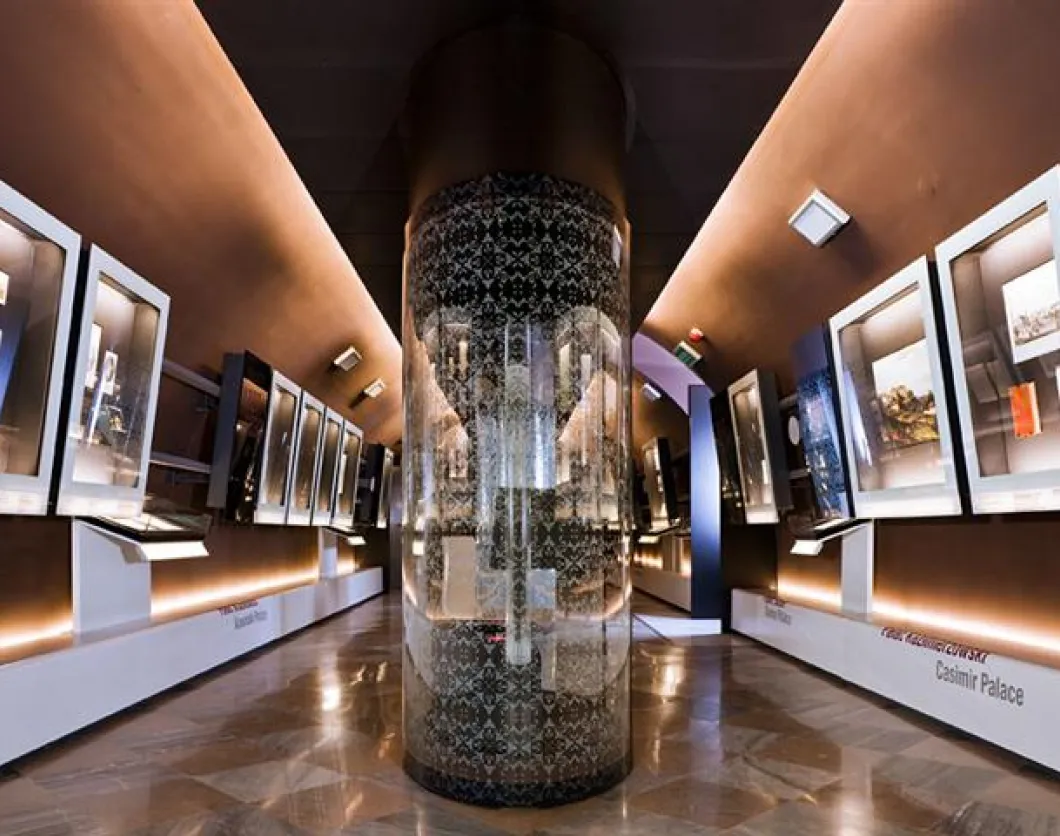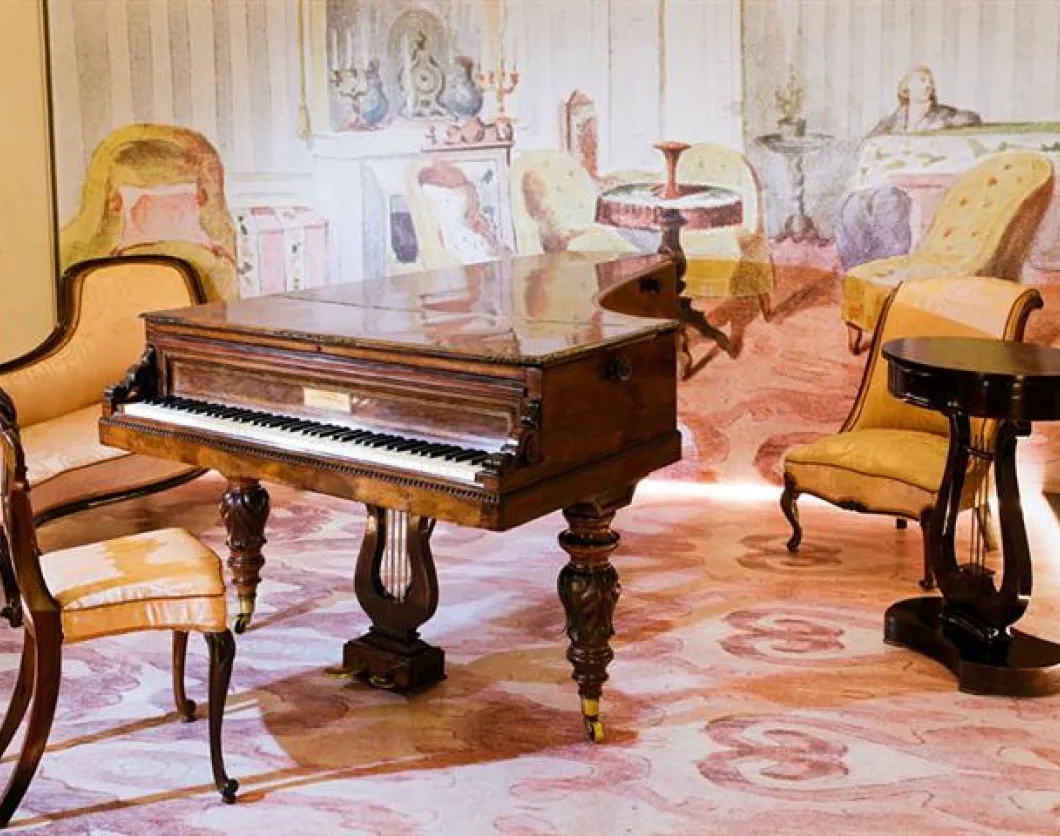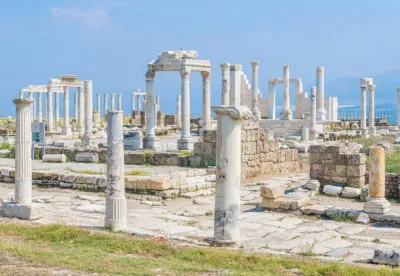Celebrating the Chopin Year 2010 is a time of many important cultural events. One of the key investments is the opening of a new museum exhibition of Fryderyk Chopin.
Works on rebuilding the old premises of the museum have been carried out since 2005. The institution is dedicated to collecting memorabilia of Fryderyk Chopin, for many years located in the historic Ostrogski Palace at 1, Okólnik Street in Warsaw. Its redevelopment has completely changed the nature of the previous Museum.
As a result of this metamorphosis particular care has been taken to preserve the relation with a long tradition of the institution. At the same time the Museum has gained a new identity as an institution to meet the needs of viewers, depending on their individual needs based on the various collections of artifacts, the results of the latest scientific research and artistic activity.
The biggest world collection of items related to Fryderyk Chopin, includes musical manuscripts, printed scores, Chopin correspondence, personal items (cufflinks, diaries etc.), iconography, as well as biographical works about him and critical commentaries on his compositions and his reception as a composer.
The architectural reconstruction project was prepared by the Grzegory & Partnerzy Architekci Studio. New concept of functional museum was designed after the technical expertise and gathering the necessary documentation. The project aimed at increasing the working space of the museum (managed to increase by 90%) and the construction of a new concert hall.
The project presented by the firm Migliore+Servetto Architetti Associati, belonging to two Italian architects Ico Migliore and Mara Servetto turned out to be the best. Their company deals with the architectural designs of buildings and interiors as well as implementing the concept of interactive exhibition for Museums and Institutions.
The investment is financed by the Ministry of Culture and National Heritage, Operational Program Infrastructure and Environment. The Fryderyk Chopin Institute cares about the content of the Chopin Museum. The Chopin Museum is the focal point of the Chopin Year celebrations in 2010 and also the most important national institution of the memory of a great Composer.
“It is a difficult task that we wish to accomplish, due to the complexity and specificity of the theme itself,” said Alicja Knast, the Chopin Muzeum curator. “We are dealing with matter and the elusive intangibles that everyone receives in their own unique way: with music. Fryderyk Chopin and his work is, of course, in the center of our interest. The main question we set for us was how to show that wealth in an accurate, but also attractive way. Therefore, we do not limit ourselves to one medium; we will not only offer visitors with headphones. Also, there will be the sound installation with live concerts. We want the museum to be a universal, inspiring and thoughtful site, corresponding at the same time with the individual needs of the visitors.”
The innovation of the museum is mainly based on an individual approach to the viewer. Each guest receives a ticket made with the use of the RFID (Radio Frequency Identification) technology. Information about viewer’s preferences will be digitally encoded in the ticket. Depending on the person’s decision and needs the right profile tour will be chosen. The use of RFID technology allows customization of the audio-visual content, taking into account four levels of narrative: basic, advanced, for children and for the visually impaired. Each level will be presented in eight languages. An omnipresent ‘sounds cape’ which is based on its own scenario will go silent in the room documenting the composer’s death. With the use of the light and sound the elements of particular interest to the viewer will be exposed. Visitors will be able to choose one of eight languages, and one of the four tour profiles.
The exhibition is developed on the four stories of the palace, ranging from the basement. Each floor’s exhibition will be devoted to life and work of the composer from a different perspective. We'll see works by Chopin, his inspiration, the women in his life as well as the circumstances of the birth and death of the Composer.
The Museum focuses on individual reception. Its construction at the same time implies a kind of universality. The various components of exposure have been designed in such a way that everyone in the museum finds something for themselves: the school tours, artists as well as students seeking in-depth knowledge of manners and people of Chopin's era.
All these features allow the institution to break the stereotypical image of a “museum” as a dull, ‘dead’ exhibition. Interactivity, self-selection and an extremely wide range of information from different fields will allow the new Chopin Museum to be both the central to the Chopin’s Year celebrations and the National Memorial of Fryderyk Chopin.









